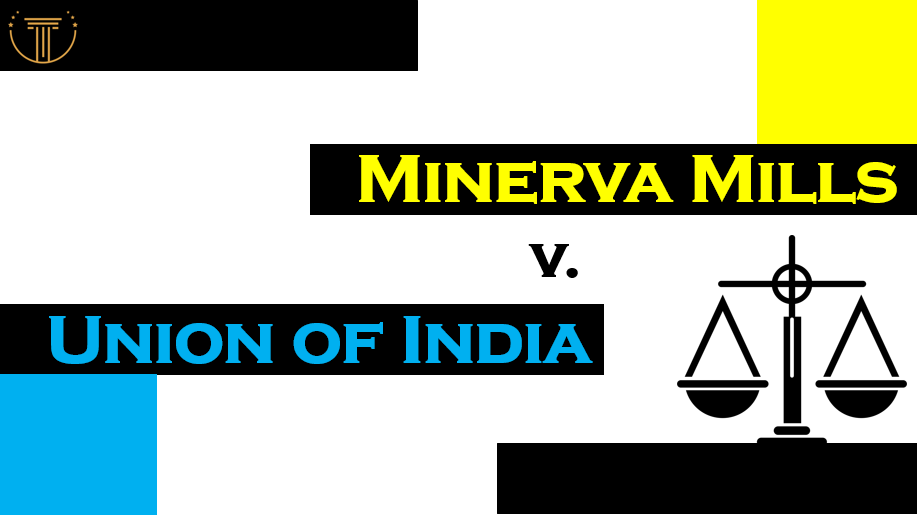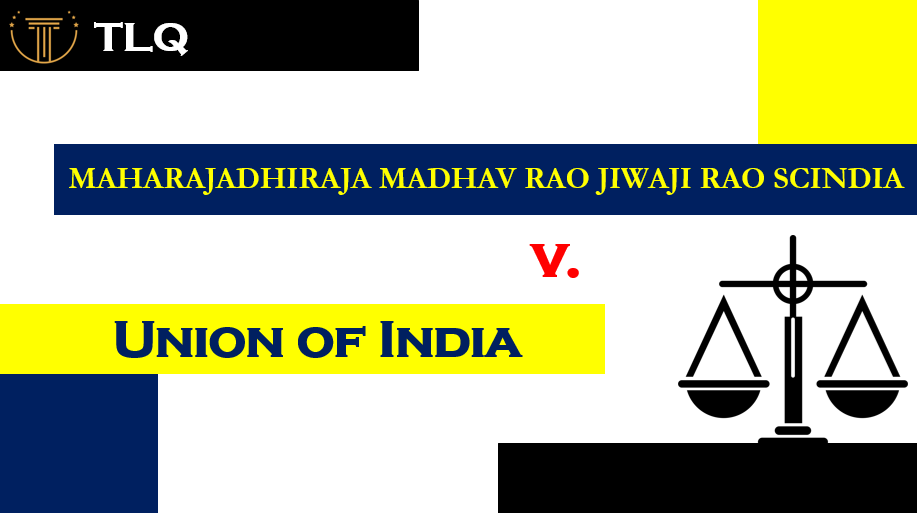Published On: 5th September, 2024
FACTS:
1. The current lawsuit was started on the grounds that the Plaintiff’s literary work had been duplicated by the Defendant and used without his permission as the foundation for a web series, violating his copyright.
2. The Plaintiff’s primary arguments were that there were a number of parallels between his work and the web series and that he had previously discussed his work with a known acquaintance of the Defendant.
3. Therefore, he filed a lawsuit for copyright infringement and requested an injunction to prevent the web series’ publication.
ISSUES:
Whether the copyright of the plaintiff was infringed?
JUDGEMENT:
On three grounds, the court denied the temporary request to halt the distribution of BETAAL.
1. Whether any of the defendants had access to the Plaintiff’s work to be in a position to duplicate or infringe upon it was the first and most important factor that the court looked at. None of the Defendants were directly connected to the Plaintiff, and she had not given them access to the script. The only thing that was said was that he gave the script to a guy named Wilson Louis, who said he was connected to Netflix. Nevertheless, it seems that the documentation did not indicate this kind of relationship. The court determined that, in the lack of any other evidence, the Plaintiff’s allegation that Wilson Louis informed him that he had some relationships with Netflix was insufficient justification for issuing an injunction. Notably, Wilson Louis does not appear to be a party to the proceedings, nor does it appear that a confidentiality claim has been made.
2. The second was that on July 16 and 17, 2019, the defendants released BETAAL through a number of print and web venues in which they revealed the plot. But the Plaintiff didn’t seek the Court until May 2020, a few days prior to the publication of BETAAL.
Despite the plaintiff’s assertion to the contrary, the court appears to have decided that since the publications were in the public domain, he should have known about them. As a result, the court determined that locks and delay had affected the claim.
3. The court’s ruling that the name “Betalam” in Hindu mythology is the source of the term “Betalal” is the third, most intriguing, and distinctive feature. In this regard, the court alluded to the widely recognized Hindu myths involving King Vikramaditya and Vetaal/Betal. The Court ruled that since these tales are well-known, an injunction could not be issued.
COMMENT:
1. For there to be a copyright infringement allegation, the defendant must to be able to view the plaintiff’s work. This case emphasizes how crucial it is to provide evidence that the defendant had access to the plaintiff’s work. This becomes more significant if the plaintiff’s work is not published or in the public domain. Additionally, plaintiffs should think about filing a proper claim for breach of confidence in addition to copyright infringement when a claim for copyright infringement is filed about unpublished material.
2. Insofar as the mythical importance of VETAAL is concerned, the grounds for rejecting the injunction could not hold up in the current circumstances. First of all, the ruling makes no mention of any rights being asserted in the script’s title; secondly, the plot, as presented in the ruling, does not appear to have any resemblance to the mythical tales of King Vikramaditya and Vetaal/Betal. The rule established in Anil Gupta and Ors. v. Kunal Dasgupta and Ors [(2002) ILR 1 Delhi 250], in which the issue concerned copyrights in a concept for a mythical television series for matchmaking called “Swayamvar,” would be applicable. It was decided that an idea can be protected under the Copyright Act if it is evolved into a concept and has sufficient specifics.


